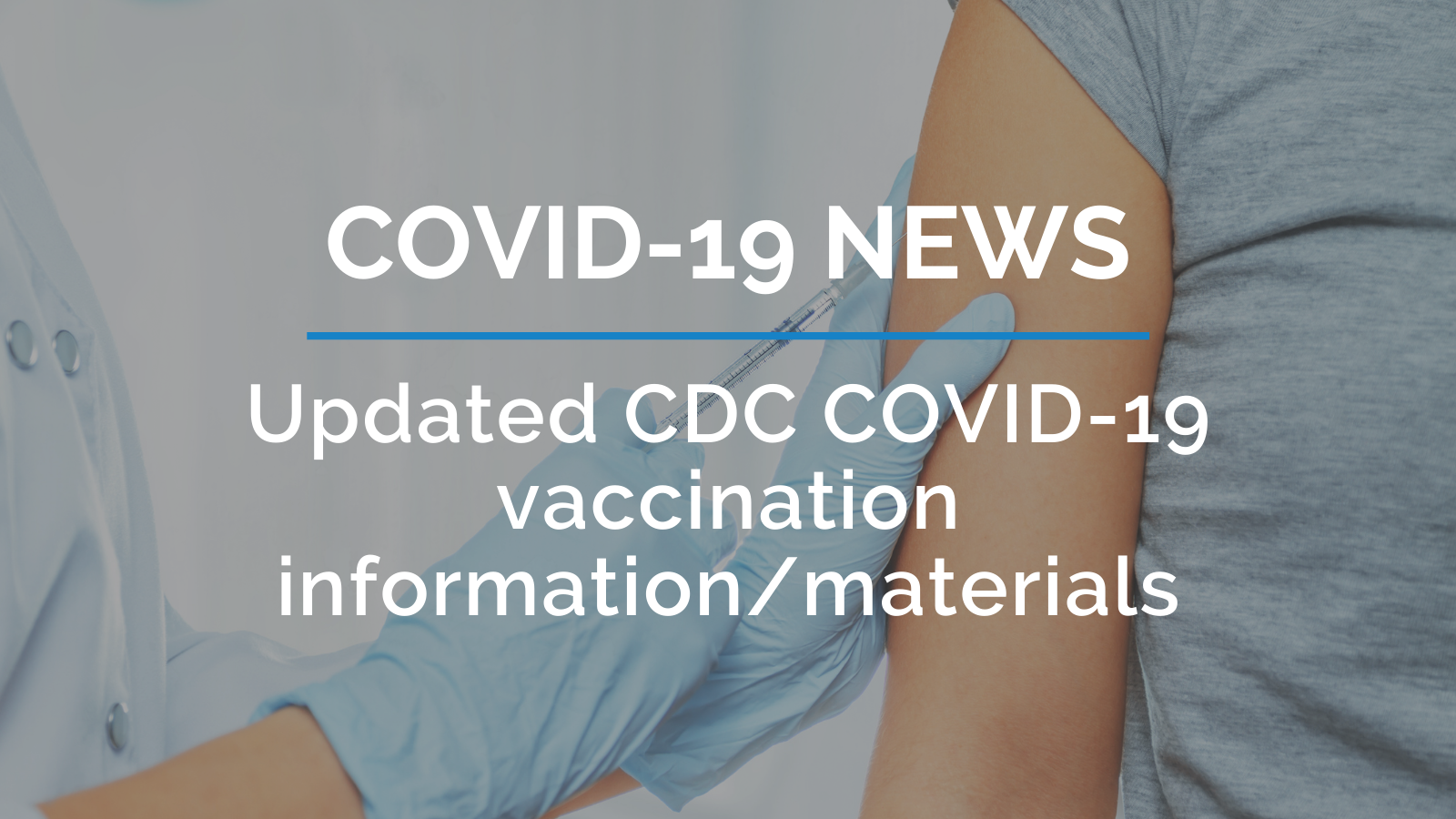
:no_upscale()/cdn.vox-cdn.com/uploads/chorus_asset/file/22337189/2_12_Vaccine_Comparison_2_27.png)
MMWR Morb Mortal Wkly Rep 2020 69:1641-1647.Woo EJ, Gee J, Marquez P, Baggs J, Abara WE, McNeil MM, Dimova RB, Su JR. Update: characteristics of symptomatic women of reproductive age with laboratory-confirmed SARS-CoV-2 infection by pregnancy status - United States, January 22–October 3, 2020. Zambrano LD, Ellington S, Strid P, et al. The Advisory Committee on Immunization Practices’ interim recommendation for use of Moderna COVID-19 vaccine - United States, December 2020. The Advisory Committee on Immunization Practices’ interim recommendation for use of Pfizer-BioNTech COVID-19 vaccine - United States, December 2020. Fact sheet for healthcare providers administering vaccine (vaccination providers): emergency use authorization (EUA) of the Moderna COVID-19 vaccine to prevent coronavirus disease 2019 (COVID-19). Fact sheet for healthcare providers administering vaccine (vaccination providers): emergency use authorization (EUA) of the Pfizer-BioNTech COVID-19 vaccine to prevent coronavirus disease 2019 (COVID-19). However, more longitudinal follow-up, including follow-up of large numbers of women vaccinated earlier in pregnancy, is necessary to inform maternal, pregnancy, and infant outcomes.Ĭopyright © 2021 Massachusetts Medical Society.įood and Drug Administration. Preliminary findings did not show obvious safety signals among pregnant persons who received mRNA Covid-19 vaccines.

Among 221 pregnancy-related adverse events reported to the VAERS, the most frequently reported event was spontaneous abortion (46 cases).

Although not directly comparable, calculated proportions of adverse pregnancy and neonatal outcomes in persons vaccinated against Covid-19 who had a completed pregnancy were similar to incidences reported in studies involving pregnant women that were conducted before the Covid-19 pandemic. Adverse neonatal outcomes included preterm birth (in 9.4%) and small size for gestational age (in 3.2%) no neonatal deaths were reported.

Among 3958 participants enrolled in the v-safe pregnancy registry, 827 had a completed pregnancy, of which 115 (13.9%) resulted in a pregnancy loss and 712 (86.1%) resulted in a live birth (mostly among participants with vaccination in the third trimester). Injection-site pain was reported more frequently among pregnant persons than among nonpregnant women, whereas headache, myalgia, chills, and fever were reported less frequently. Many pregnant persons in the United States are receiving messenger RNA (mRNA) coronavirus disease 2019 (Covid-19) vaccines, but data are limited on their safety in pregnancy.įrom December 14, 2020, to February 28, 2021, we used data from the "v-safe after vaccination health checker" surveillance system, the v-safe pregnancy registry, and the Vaccine Adverse Event Reporting System (VAERS) to characterize the initial safety of mRNA Covid-19 vaccines in pregnant persons.Ī total of 35,691 v-safe participants 16 to 54 years of age identified as pregnant. Marquez, C.K.O., C.L., B.C.Z., J.M.G.), and the Arboviral Diseases Branch, Division of Vector-Borne Diseases (S.W.M.), National Center for Emerging and Zoonotic Infectious Diseases, the Division of Birth Defects and Infant Disorders, National Center on Birth Defects and Developmental Disabilities (S.Y.K., V.K.B., C.J.G., D.M.M.-D.), the Division of Reproductive Health, National Center for Chronic Disease Prevention and Health Promotion (T.O., K.T.C., S.R.E., A.N.S.), the World Trade Center Health Program, National Institute for Occupational Safety and Health (R.L.), and the Epidemic Intelligence Service (K.T.C.) - all at the Centers for Disease Control and Prevention, Atlanta and the Division of Epidemiology, Office of Biostatistics and Epidemiology, Center for Biologics Evaluation and Research, Food and Drug Administration, Silver Spring, MD (M.A., A.M.-J.).


 0 kommentar(er)
0 kommentar(er)
